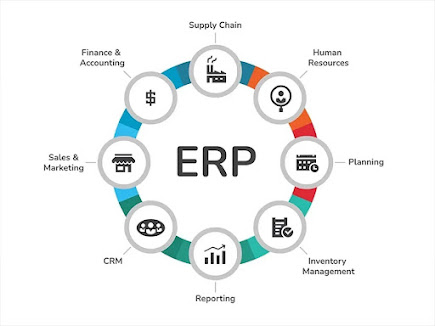Get Started with ERPNext: An Installation Guide for Beginners
Have you heard the buzz about ERPNext? As one of the most popular open-source enterprise resource planning (ERP) solutions on the market, it's no wonder that more and more businesses are turning to this powerful software package. If you're new to ERPNext and feeling a bit overwhelmed by all of the setup instructions, don't worry. This installation guide is designed to help beginners get up and running quickly and easily.
Installing ERPNext With Docker
If you're looking for an easy way to install ERPNext, Docker is definitely the way to go. All you need is a Docker container, available through your cloud provider of choice, and you can be up and running in minutes. Plus, since Docker containers are preconfigured with all of the necessary dependencies already installed, there's no need to worry about downloading any software or making any complicated changes to your system. Just follow these simple steps:
- Create a Docker container from your cloud provider's marketplace. Make sure to select the version of ERPNext that corresponds with your operating system (Windows or Linux).
- Once your container has been created, log into it using SSH or another remote access method and run the "setup" command from within it. This will start the installation process for ERPNext. You may be asked for additional information at this point; just follow the prompts provided by the installer.
- After ERPNext has been successfully installed, you'll be prompted to create an admin user account and set up authentication methods (if applicable). Make sure that you remember your username and password as they will be needed when logging into your new instance of ERPNext!
- Once everything is set up correctly, start accessing all of the great features that come with ERPNext! From inventory tracking to financial reporting tools, there's a lot that this comprehensive solution can offer your business—so get started today!
Installing ERPNext Without Docker
If you'd prefer not to use Docker for installing ERPNext, then don't worry—it can also be installed without using a containerized platform like AWS or Microsoft Azure. Here are some quick tips on how best to do it:
- Download the installer from GitHub/erpnext/installer. Select either Windows or Linux depending on which operating system you're using. The installer will then walk you through setting up various components such as the PostgreSQL database server and NodeJS web server before finishing off with configuring Nginx proxy settings (optional). Follow each step carefully so that everything goes smoothly during installation time!
- Once everything is installed properly, create an administrator user account so that you can access all of the features within ERPNext later on down the road! Don’t forget this step as it’s essential for proper management later on down the line!
- Now that everything is set up correctly, start exploring what makes this Open Source powerhouse tick! With its comprehensive suite of tools ranging from inventory tracking capabilities to financial reporting suites - there’s something here for everyone who wants their business operations streamlined like never before!
Conclusion:
Getting started with ERPNext doesn't have to be difficult—even if you're new to open source software solutions! With just a few clicks, whether via Docker or manual installation processes - getting started with this powerful enterprise resource planning application couldn't be simpler! So why wait any longer? Start leveraging all the benefits of having an expertly managed backend today - while still enjoying complete control over data management at scale - courtesy of an intuitive yet powerful open source solution like no other; namely -ERPNEXT !



Comments
Post a Comment